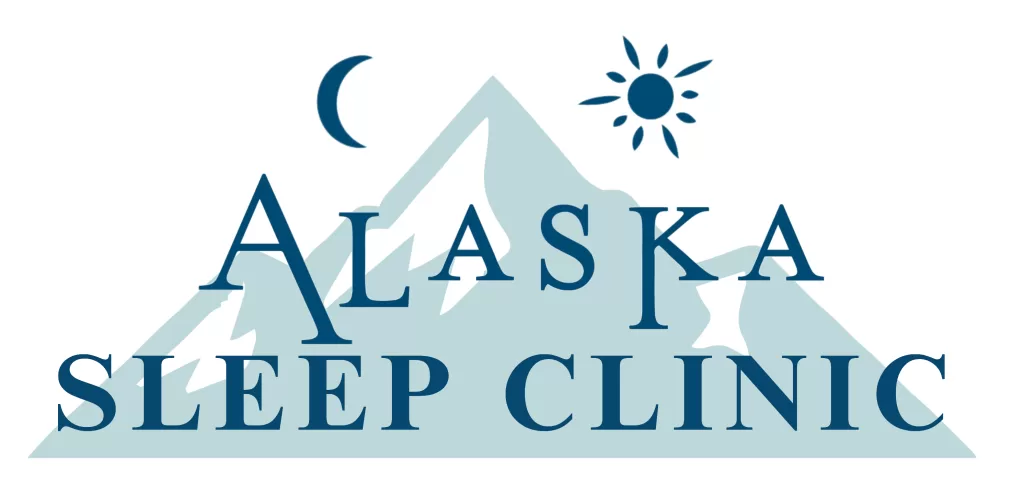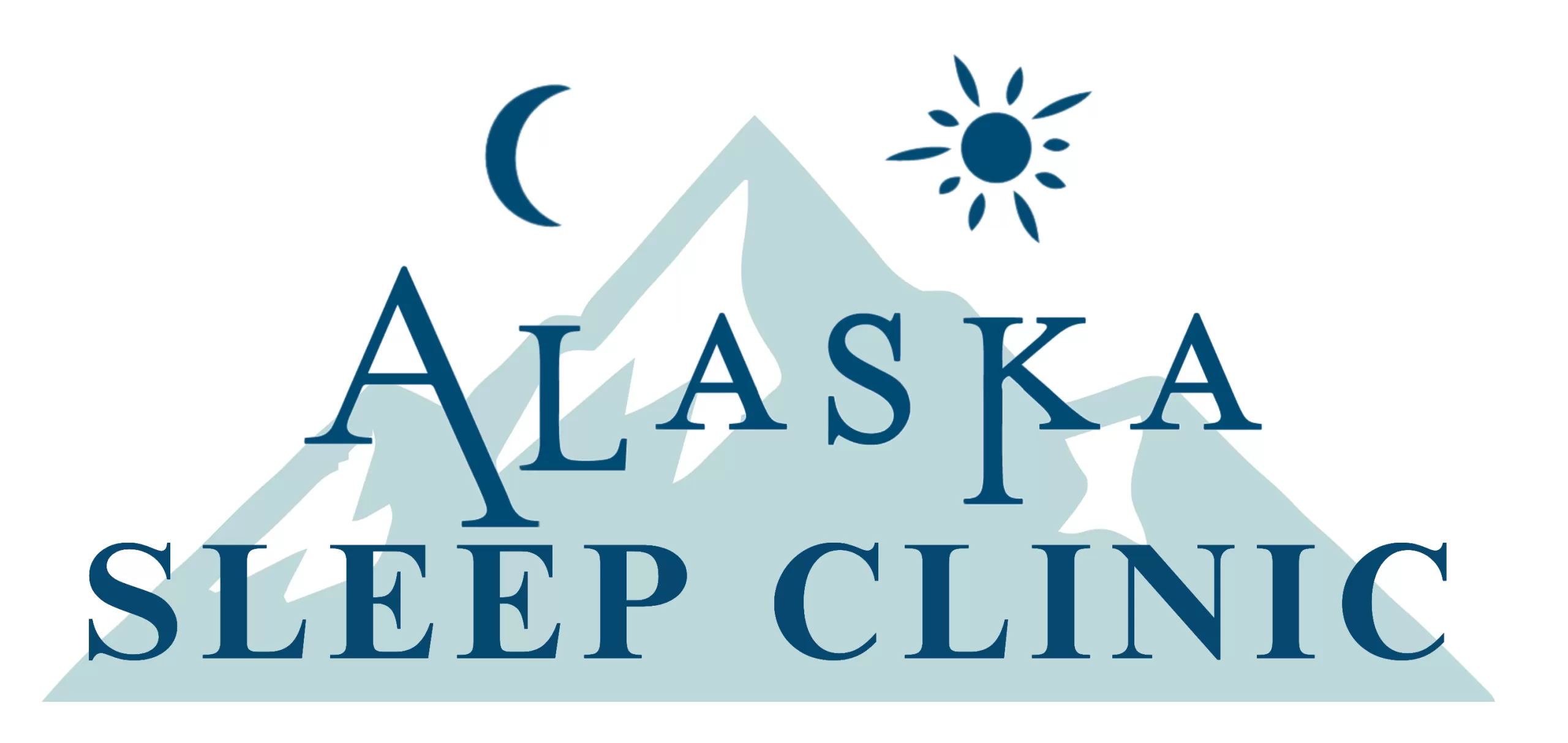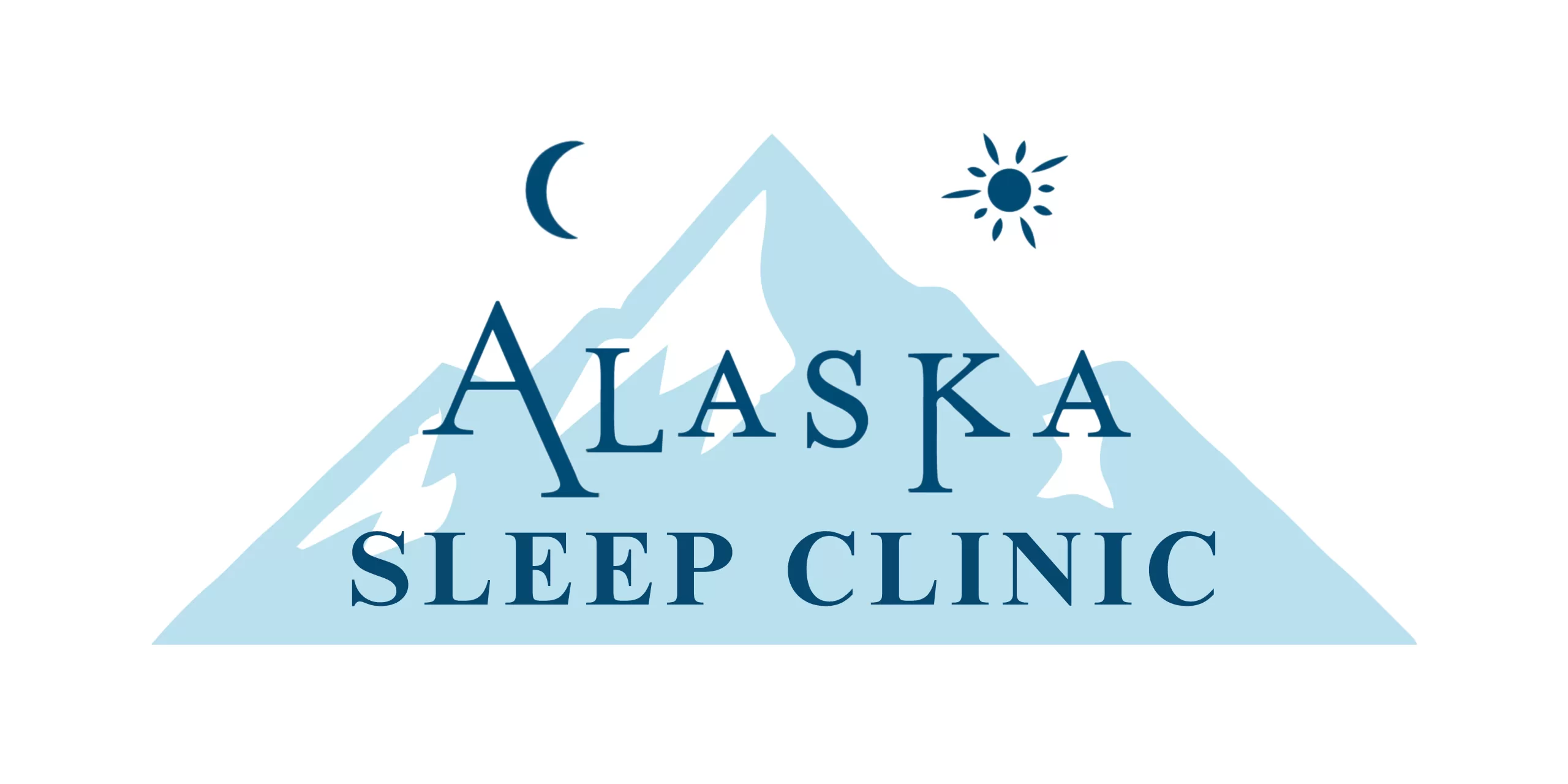Without sleep, kids become cranky – and that’s no fun for anyone. Bad moods are just the tip of the iceberg, though. These facts about children’s sleep aren’t only interesting – they’re also meant to help you understand how kids sleep and make it easier for you to ensure that they get enough shut-eye to keep them healthy and happy.
1. Very Young Children are ‘Dreamless’
Neuroscientists have concluded that due to babies’ undeveloped brains and the lack of life experience, they don’t dream the same way that older kids and adults do. According to psychologist David Foulkes, who is one of the world’s leading pediatric sleep experts, babies do enter the REM (rapid eye movement) stage while sleeping, and they’ll often move their bodies, too.
Instead of dreaming as we do though, infants and newborns experiencing REM sleep are working on building neural pathways that will later lead to the development of language. Most kids are about 7 or 8 years old when they experience their first vivid, memorable dreams.
2. Daytime Activity Promotes Better Sleep at Night
According to the experts at Kids Wild Ride, fun exercises like bouncing on a trampoline for toddlers help young children strengthen their muscles – and it beats sedentary activities. The health benefits of exercise are endless – whichever way your child prefers to have fun and get moving!
Additionally, according to Healthline, children between the ages of five and twelve should spend no more than two hours per day in front of a screen. This includes everything – TV, games, computers, and portable electronics. Health Direct recommends that children do at least an hour of moderate to vigorous activity on a daily basis. The activity doesn’t have to happen all at once – four 15-minute sessions or two 30-minute sessions are just as good as a full hour of activity.
Not only will your child be far healthier when they move each day, but they’ll also sleep better too. For some unique and fun ideas to get your kids moving, check out some great tips.
3. Some Bedtime Snacks Promote Better Sleep
Anything with a good level of carbohydrates (but not a lot of sugar) can help your child fall asleep faster. Bananas, yogurt, and whole-grain crackers are a few examples. Don’t give them too much – just a little bit will do!
4. Sleep Deprivation is Dangerous
We can live for weeks or even months without eating, but people who are chronically sleep-deprived can die from cardiac arrest in a matter of days. This doesn’t happen often; instead, people who suffer from sleep deprivation have trouble concentrating. Their moods suffer, their appetites change, and they have difficulty learning new information. Bad as all this is, it’s just the tip of the iceberg. If you’re not sure that you and your family are getting enough shuteye you may want to learn more about sleep deprivation and find out how much sleep you and your kids need according to age.
5. Teens and 5-Year Old Kids Need About the Same Amount of Sleep
Speaking of age, here’s an interesting children’s sleep statistic: Teens and five-year-old children need about ten hours of sleep per night.
6. Teens Aren’t Sleeping in To Annoy You
People love to crack jokes about teenagers sleeping in. As it turns out, teens are hard-wired to stay up late and sleep in. Try reducing screen time and sticking to the same sleep schedule on weekends if you’re having trouble with a sleepy teen. It’s impossible to change their body’s preferences but good sleep hygiene is likely to help.
7. Kids Spend about 40 Percent of their Childhood Asleep
You can use a sleep diary to keep track of exactly how much time that is – if you have time between preparing snacks, driving to and from activities, tying shoes for them, etc.!
8. It’s OK to Wake a Sleeping Baby
Surprised? As it turns out, the old advice about never waking a sleeping baby is a myth! Instead of just focusing on bedtimes, parents should focus on wake times as well. Know how much time your baby should be spending asleep, and set up a schedule for them that includes wake-up times. Sleeping too long can mean difficulty getting to sleep next time, as well as trouble staying asleep.
9. Toddlers Need Naps
Some parents wonder if naps are really necessary. For toddlers, the answer is yes! Little ones usually start out with morning and afternoon naps. Some will consolidate their napping to a single rest period in the middle of the day. Either way, be sure your toddler gets naps during the daytime and they are equipped with an appropriate toddler pillow to keep them anchored in one place! Remember that pillows should not be used under the age of 1 year as they’re unsafe.
Toddler naps are important for reducing the stress hormones that build up in a toddler’s body, and they recharge those little batteries so toddlers aren’t over-tired and unable to sleep when bedtime comes. Offer your toddler naps until age three and continue if they seem to need those naps during and beyond their third year.
10. Bedtime Routines Help Everyone Relax and Sleep Better
Turning off electronics, ending vigorous playtime, and putting away stimulating toys about 30 minutes before bedtime is recommended according to Dan Anderson from MyAudiosound, and taking soothing baths or showers are some nice ways to transition to “sleepy time.” So dim those lights, fetch yourself a soothing cup of herbal tea, diffuse that lavender, and encourage a quiet, peaceful atmosphere. True – it can be difficult to make that transition on some nights but the more you follow through with your routine, the better everyone will relax!
If you think your baby’s sleep and health issues go beyond just sleep training, do not hesitate to contact Alaska Sleep Clinic. We specialize in Pediatric Sleep Disorders and have a Pediatric Medical Director.













